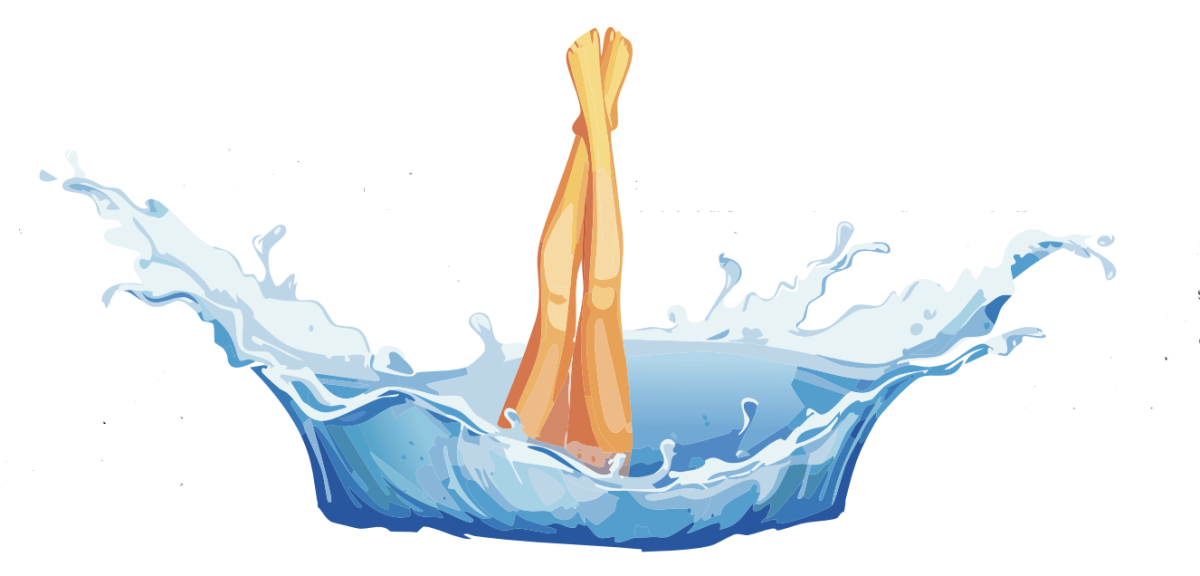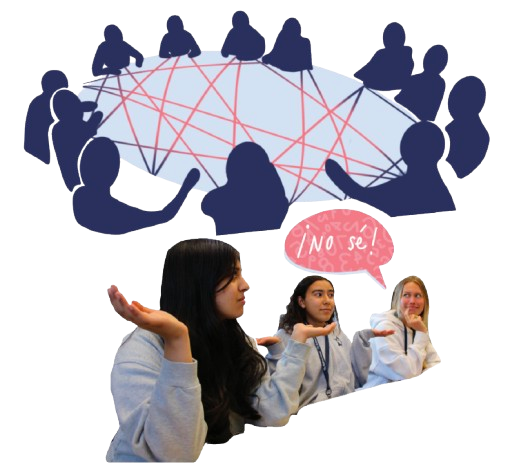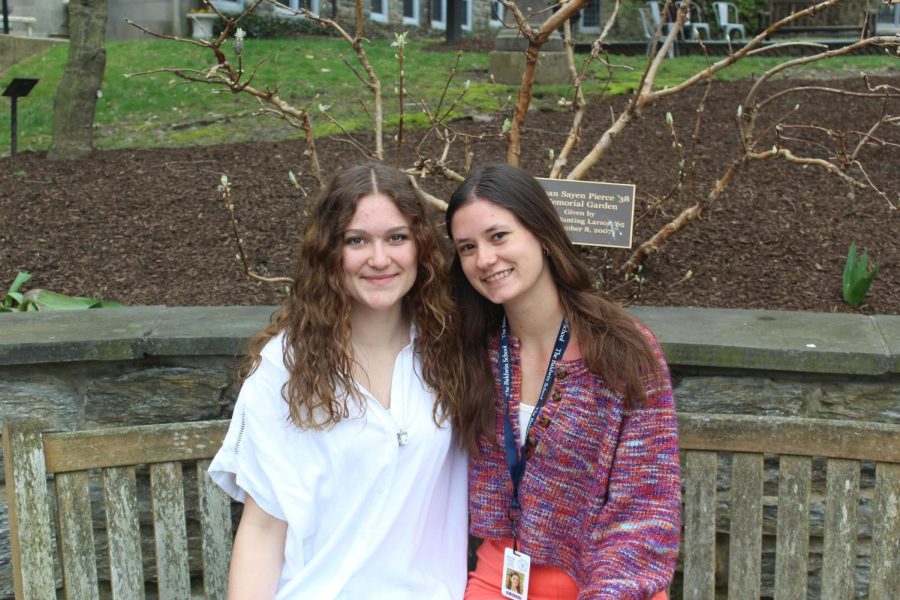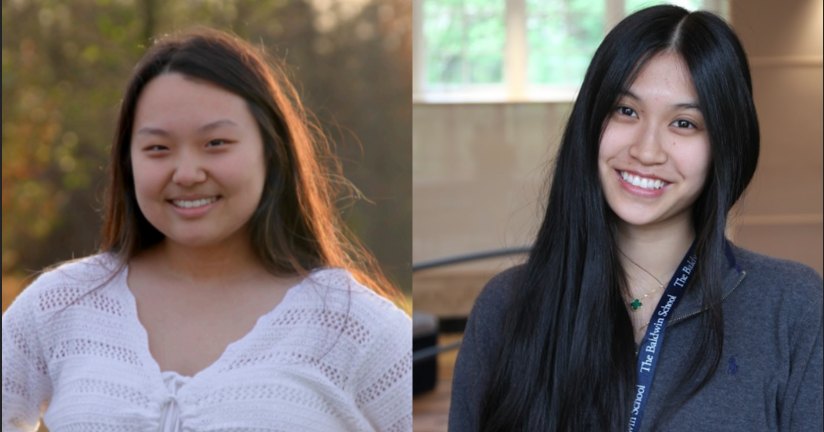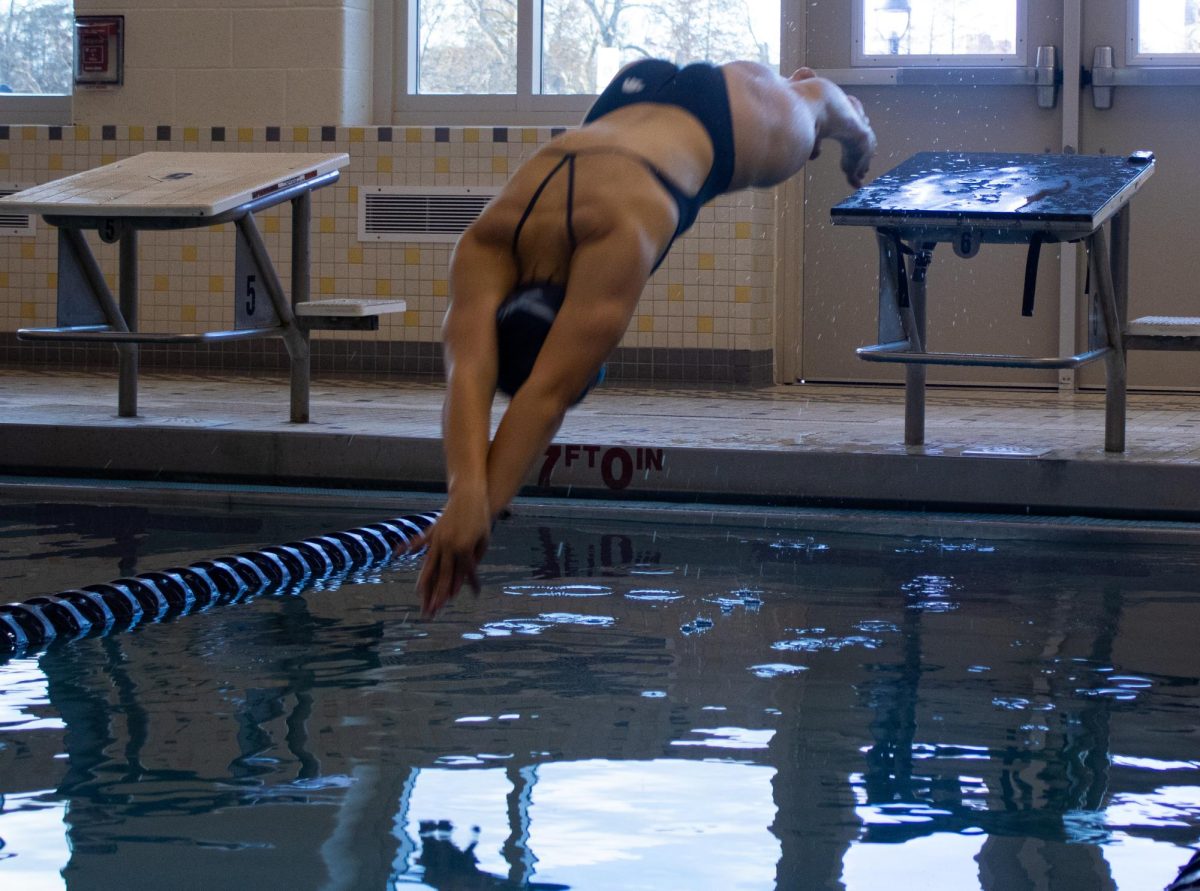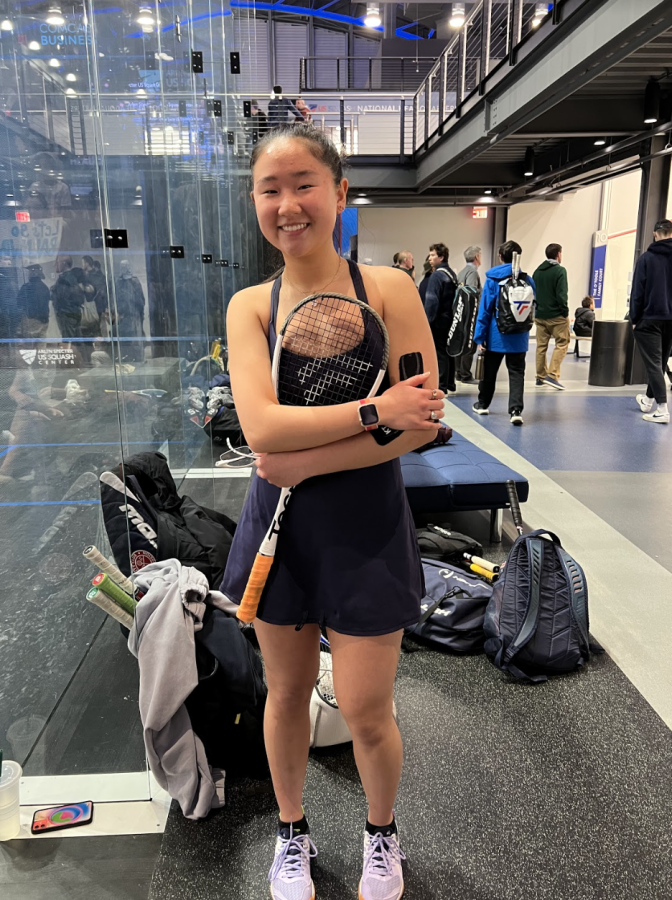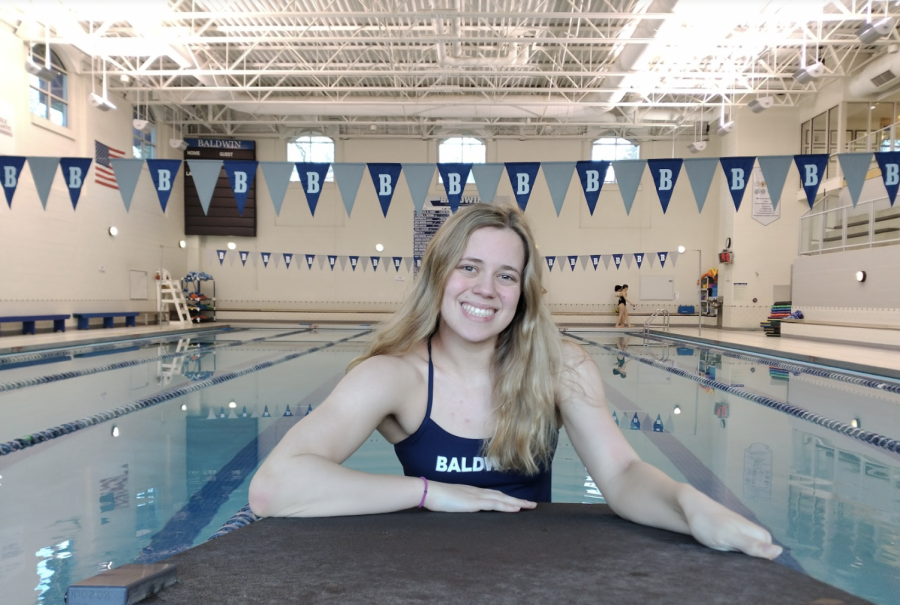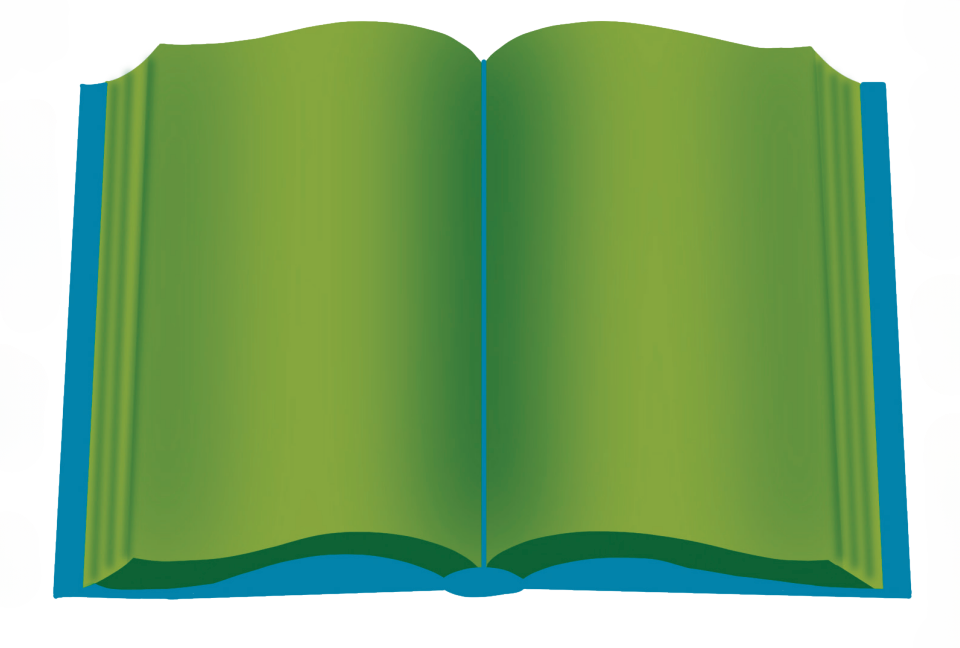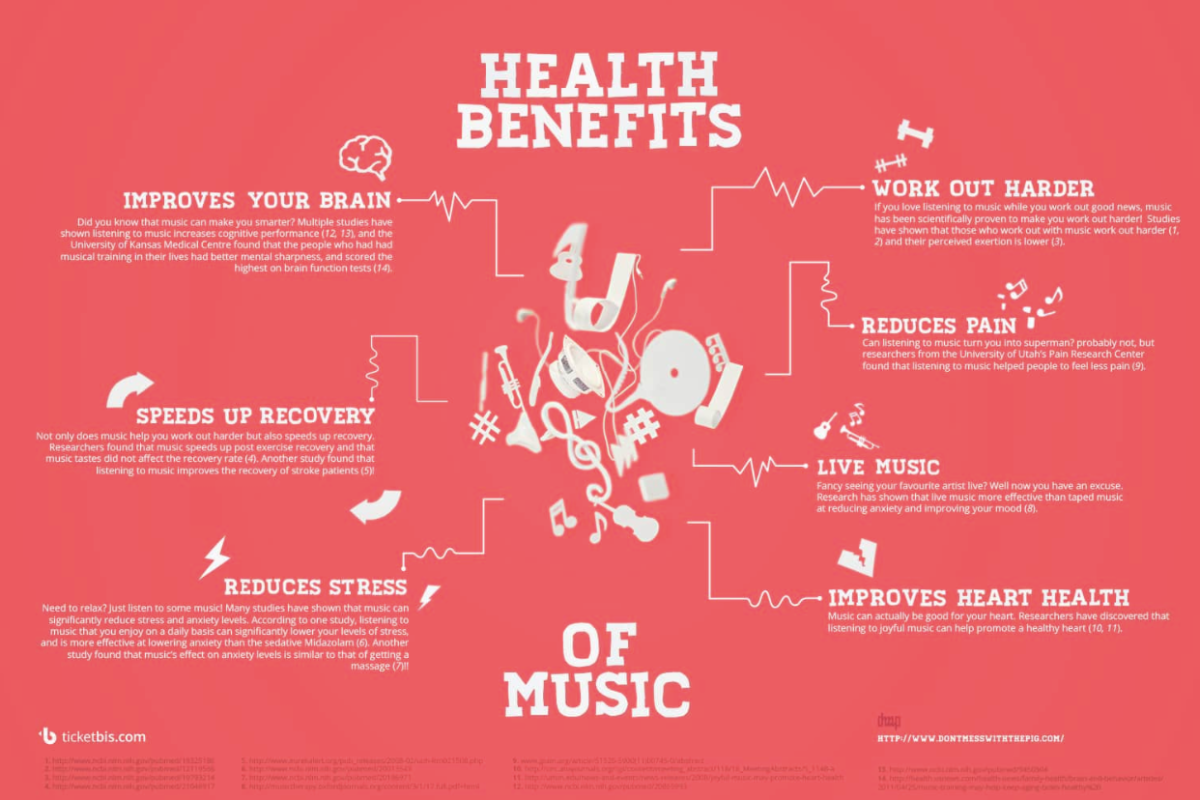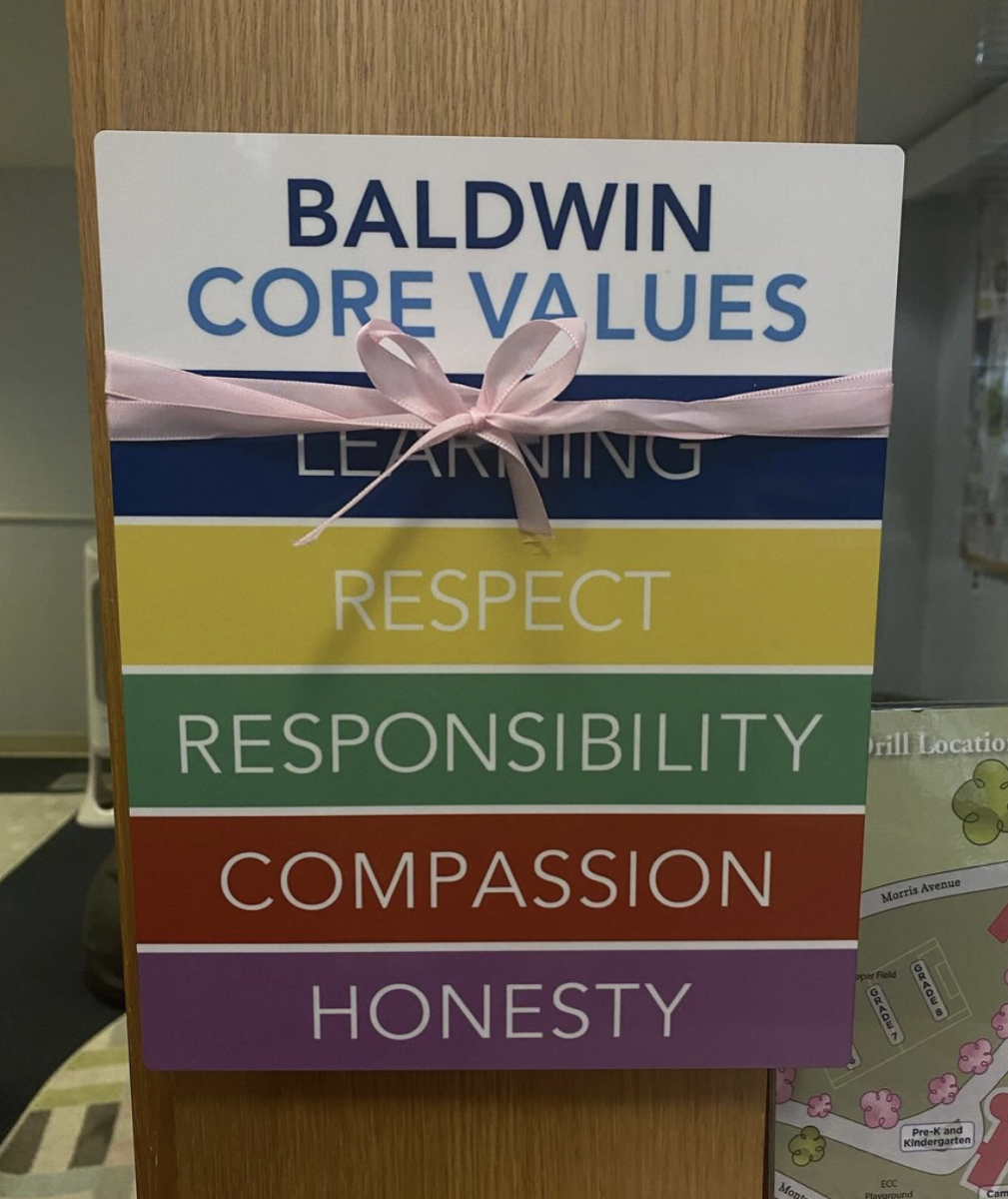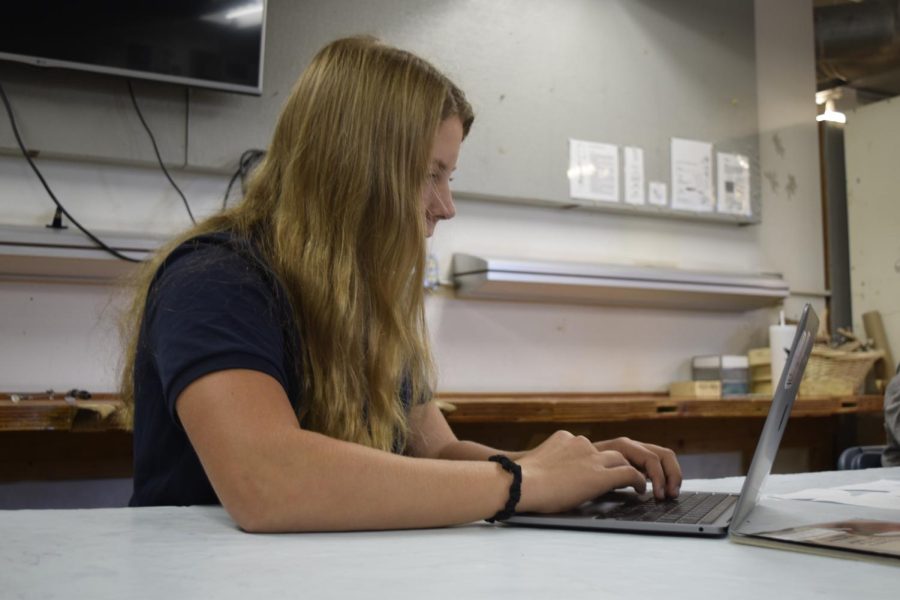The Cost of Excellence at The Baldwin School
What does it take to be “accomplished”?
Addison Milner ’25 trying to compete her task at school, leaving more free time to herself
Baldwin sets lofty goals as an institution: to achieve excellence in academics, arts, and athletics, while also teaching its students to maintain a healthy equilibrium.
The mission statement on Baldwin’s website reads: “The school nurtures students’ passion for intellectual rigor in academics, creativity in the arts and competition in athletics, forming women capable of leading their generation while living balanced lives.”
But is it truly possible to be this exceptional? If so, how can it be done, and what is lost along the way?
For this article, a survey of Upper School students was conducted regarding club membership, competitive club membership, number of honors classes, and number of AT classes. On top of that, the survey asked students the number of hours they spend on their commute, homework, athletics, and other extracurriculars.
The results of the survey were striking: from a sample size of 49 students in the Baldwin Upper School, the average student spends about six hours and 45 minutes every day on their commute to and from school, homework, athletics, and other extracurricular activities.
When accounting for seven hours of in-school time and eight hours of sleep (the lower end of the amount recommended for teens by the CDC), that leaves only two hours and 15 minutes of free time in the day. During this brief window, students are expected to eat breakfast and dinner, socialize, work, and attend to family responsibilities. This brings us back to the question asked earlier: how?
Rachel Gopalani ‘23 said, “Right now, [the workload is] pretty light because I dropped a lot of honors and AT classes. I’ve been on the honor roll all throughout high school, so within the context of my academic work, I’d say it’s extremely heavy.”
When asked if she felt the workload at Baldwin left space for athletics and extracurriculars, Avani Shah-Lipman ‘25 said, “It depends on the goals that you set for yourself… if you’re somebody who wants to take six AT classes then maybe not. If you set more realistic expectations of yourself, then it’s doable. It’s not easy, but it is possible.”
On whether she often feels overwhelmed by work, Gopalani remarked, “I don’t often, actually– I’m not someone who gets stressed in terms of schoolwork.”
Shah-Lipman and Gopalani, along with Aubyn Mackey ‘24 and Chloe Watson ‘24, were asked to describe the expectations placed upon them as Baldwin students. Respectively, they chose the words: “intense,” “unnecessary,” “high-performance,” and “diligence.”
Overall, the pursuit of excellence at Baldwin is one of its most defining characteristics. This is both a strength of the school and a potential struggle for its students. Regardless of its upsides and downsides, this facet of the school’s identity undeniably influences the culture and learning environment at Baldwin.
Georgia Jane is the Features editor for the Hourglass and has written for the paper since 9th grade. She spends her time outside of school rowing, listening...








